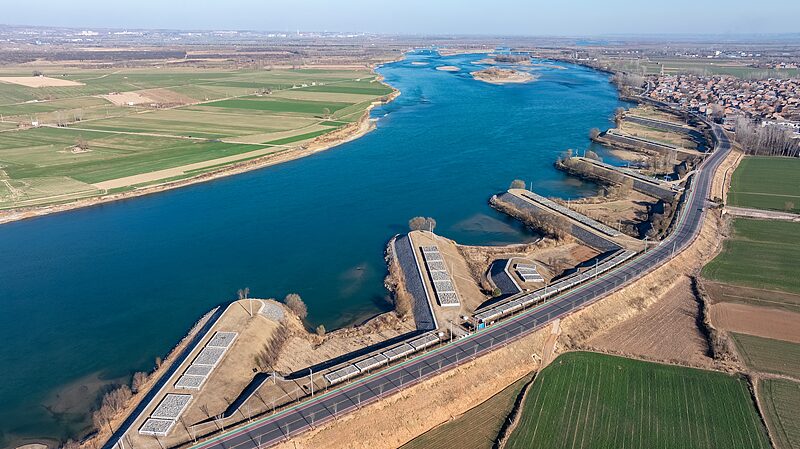China has taken a landmark step in environmental governance by completing property rights registration for its first five national parks, the Ministry of Natural Resources announced Monday. The move formalizes ownership and management protocols for critical ecosystems spanning over 230,000 square kilometers, signaling a unified approach to balancing ecological protection with sustainable development.
The newly registered parks include Sanjiangyuan National Park (source of the Yangtze, Yellow, and Mekong rivers), Giant Panda National Park, Northeast China Tiger and Leopard National Park, Hainan Tropical Rainforest National Park, and Wuyishan National Park. Each park now has clearly defined oversight responsibilities across government levels, creating a transparent system for resource management.
"This registration clarifies who owns what, who manages it, and who bears responsibility," a ministry spokesperson stated. The framework establishes legal boundaries for natural assets ranging from forests to mineral resources while addressing historical ambiguities in conservation governance.
Analysts note the development could attract eco-conscious investors by creating stable management frameworks. The parks protect 30% of China's key terrestrial wildlife species, including 1,400 endangered plants and animals like wild giant pandas and Amur tigers.
The initiative aligns with China's ecological civilization goals and offers new research opportunities for climate scientists studying carbon sequestration in protected forests. For travelers, the parks represent carefully managed destinations showcasing China's biodiversity hotspots.
Reference(s):
China completes property rights registration for 5 national parks
cgtn.com







